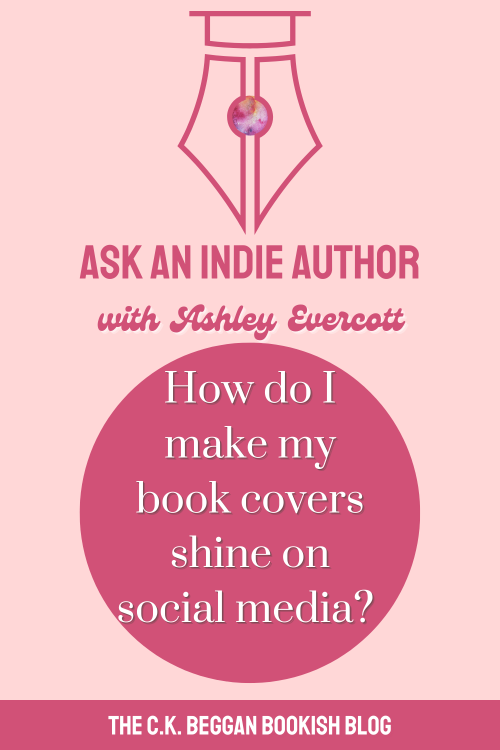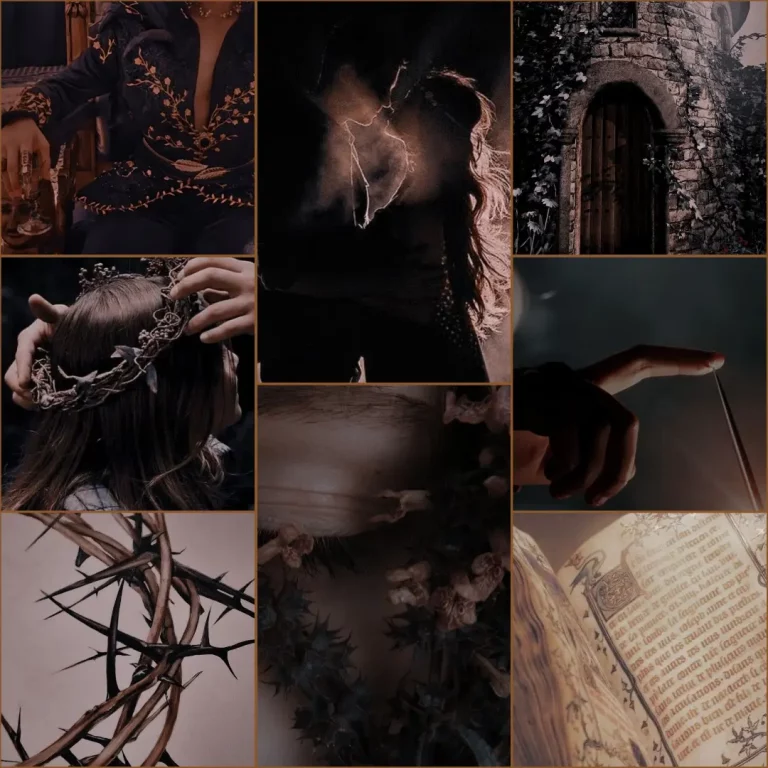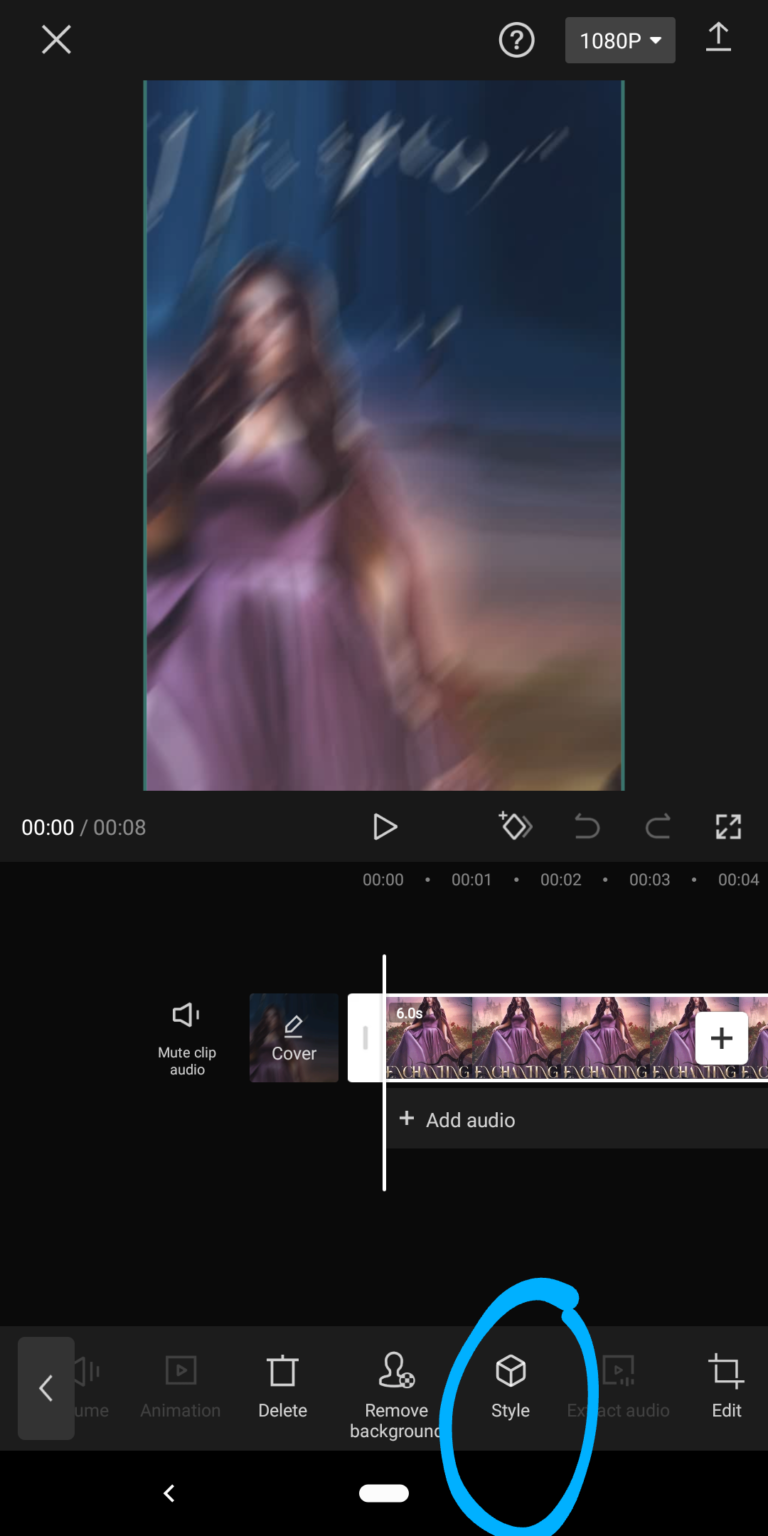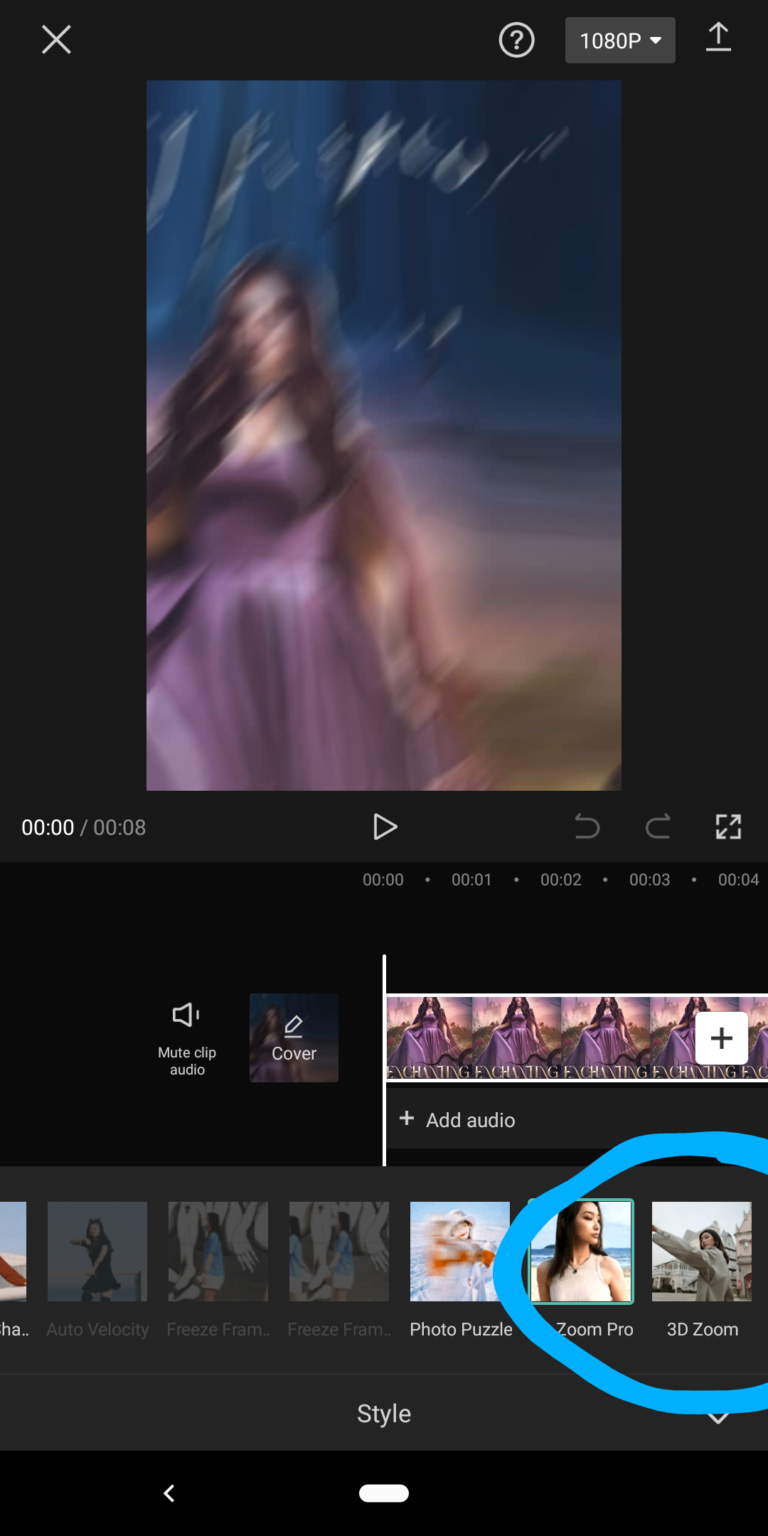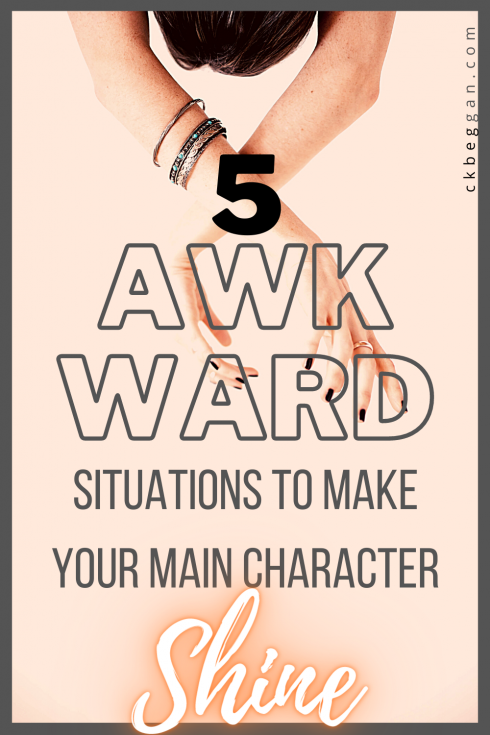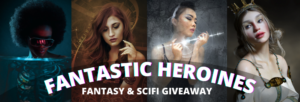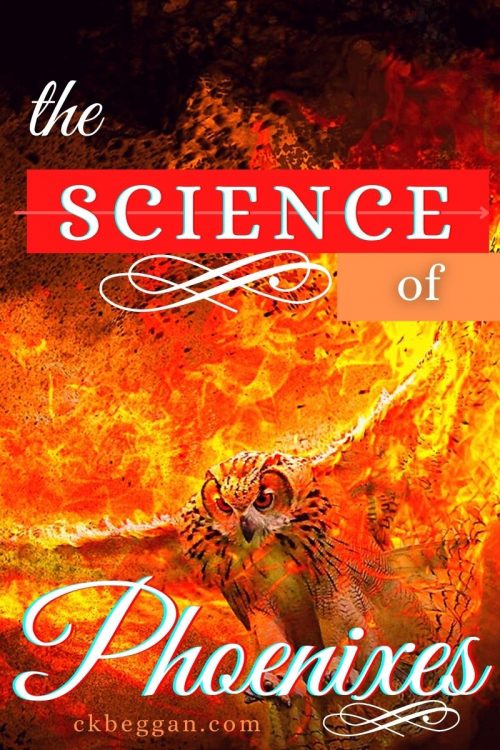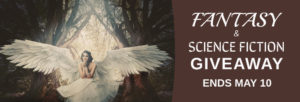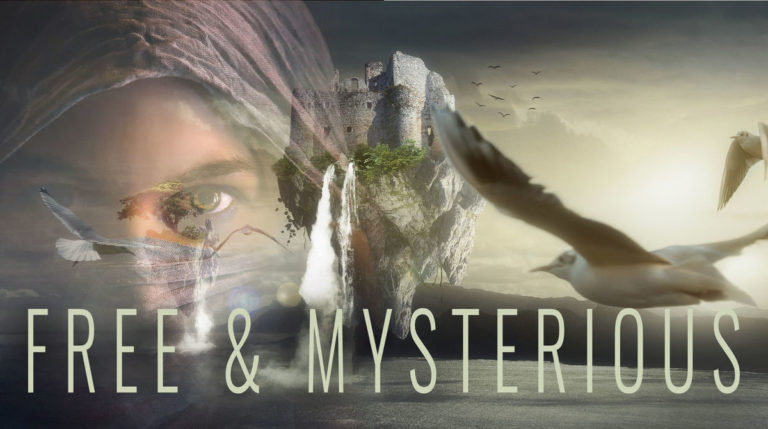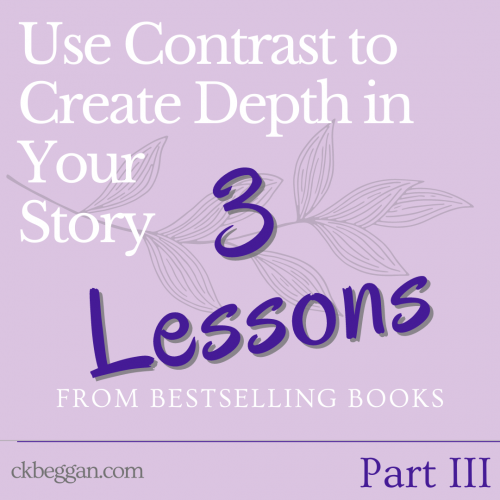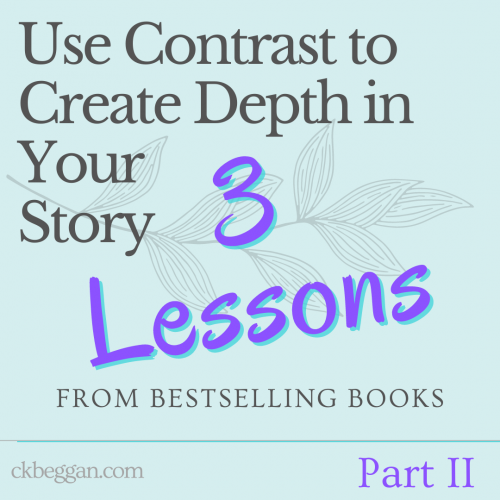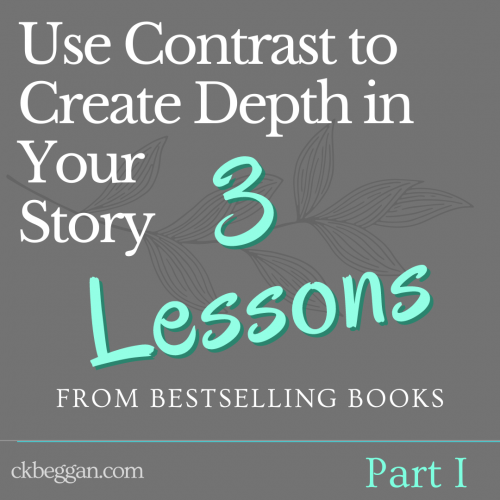As promised, here’s a look into what I’ve been up to…and it’s all about a multi-author series and anthologies!
First is the vampire romance series I co-organized with fellow fantasy author Ophelia Wells Langley, Bound by Blood. (You can visit the series website here to learn more specifics, but the first novella publishes September 1st.) The entire series of novellas is for spicy fantasy romance fans, and has a variety of books (contemporary, period pieces, second-chance romances and LOTS of LGBTQ+ rep), all linked by the common theme of spicy (open door) vampire romance.
Naturally, more than a couple of the stories involve some kind of forbidden romance!
My novella, The Tainted and the Tamed, is set in a brand new world. The country involved is called Kaiden and is heavily drawn from Japanese culture and history, almost like an alternate history of Japan if vampires were power players. I have a minor in Japan Studies, have been studying Japanese for many years (too many to still be this bad!) and was able to base story settings on places I visited while living in Japan when I was younger and more mobile. It was a really interesting (and nostalgic) setting to write.
The Tainted and the Tamed launches September 8th. You can preorder here for 99c if you so choose!
I created a concept of representative rule by secretive vampire chairmen, which opens the door to a whole series…which will be called Vampires of Kaiden. This will happen depending on reader interest…which is not to say that I might just go, “You know what? I feel like writing more vampires!” and write the darn thing anyway.
The second story I was working on this summer is a short story called “Bright Arrow.” This story is related to Horace and takes place within a couple years of those events (Sydney makes a cameo!). I’ll be submitting that to the Indie Fantasy Addicts anthology, which was newly opened to the general pool of writers this year. If it’s not chosen, I’ll probably add some additional scenes and publish it…but I hope I’m chosen! Wish me luck!
Anthology number three is called Shift of the Seasons, organized by MJ Marstens. (You can preorder it here!) Proceeds go to a breast cancer foundation, which is a cause near and dear to my heart. The story I’m writing for it is a “must choose/I won’t share you” MFM romance…that’s two males interested in the same female character, and vice versa. The story is linked to my Season of the Fae series and takes place in the Connor Court well before it was cursed and lost to history, and has a puca female lead.
That’s all the news I have for now! Thanks so much for reading!
Cheers!
CKB
